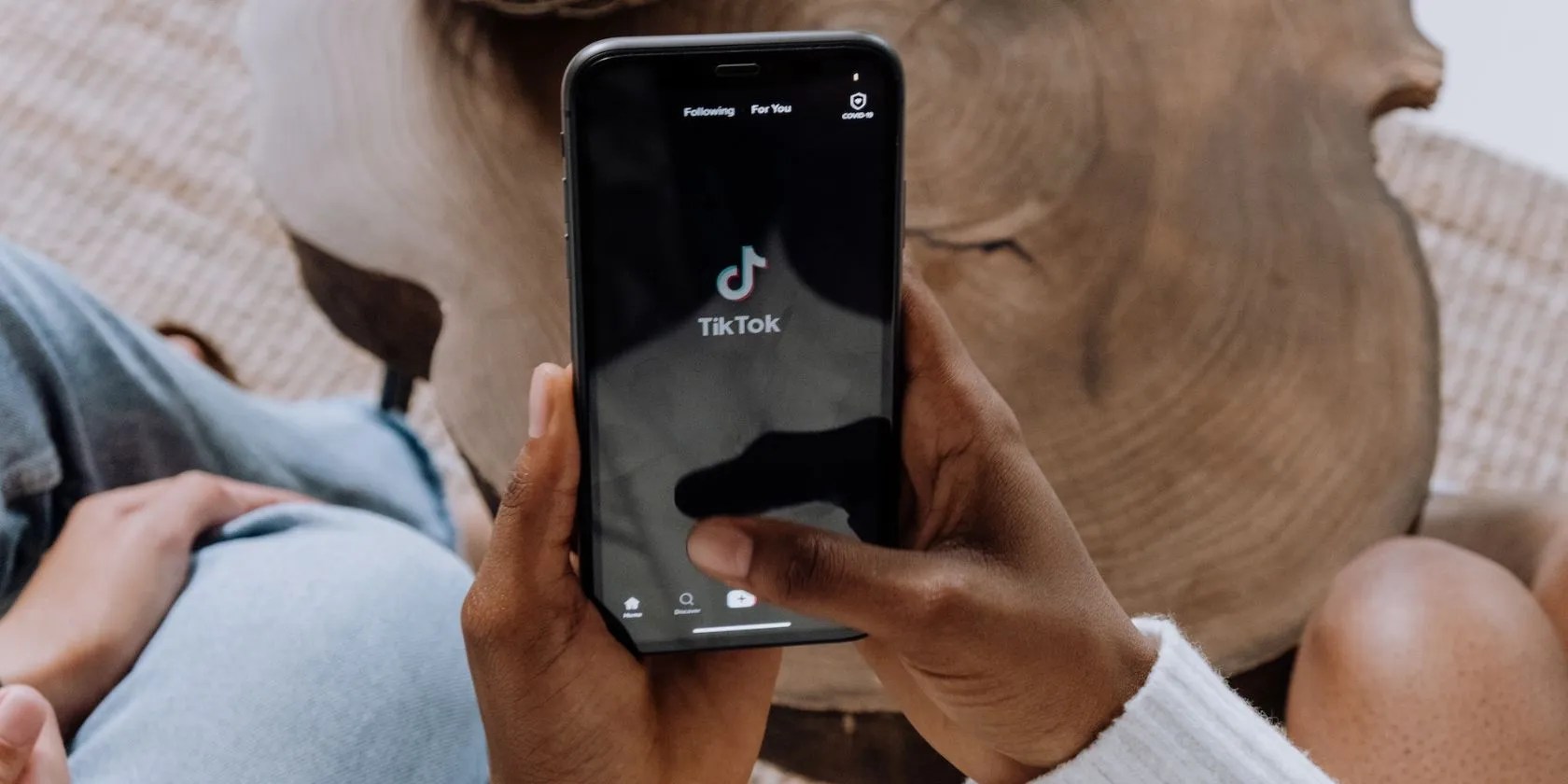Why “De-Influencing” Is Trending on TikTok
Trends are a dime a dozen on TikTok. For creators, hopping onto a TikTok trend while it’s hot is one way to land on the coveted For You Page (FYP). Another strategy is “plugging” or “influencing” your audience on the products you can’t live without.
But those reviews aren’t always honest. Some creators are lending their real perspectives on TikTok fads by telling you what not to buy.

What Is the De-Influencing Trend on TikTok?
Whether it’s buying the latest Amazon gadget, becoming a gym junkie, or romanticizing your life—influencers want you to do it. They create a sense of urgency to make you do or buy what they recommend.
But the de-influencing trend is the polar opposite of what influencing is. It’s an online movement of creators who are telling you what not to buy and why. But they’re also encouraging you to stay away from TikTok fads altogether. The idea is to help you save time and money by not buying items you don’t need and mimicking unrealistic lifestyles.

Why De-Influencing Is Trending on TikTok
Some creators believe the TikTok influencer community is promoting over-consumption. More importantly, there exists a handful (or more) of influencers who mislead their audiences by posting dishonest reviews for sponsored posts.
The creators who post de-influencing content upload real, raw, and honest reviews about products that are peddled as the best by other creators. In many cases, these are make-up and skincare products. Some of the products that are de-influenced might shock you, especially those that highlight cult favorites from big brands.

For example, in the “de-influencing Dior” video below, an influencer gives her “hot take” on Dior beauty products. She claims the best thing about them is their packaging, calling the products themselves “garbage”.
The de-influencing trend is a resounding call for TikTok users to buy less, but there’s more to it than meets the eye.

Why the De-Influencing Trend Is So Impactful
Given that every other video is either an ad or anattempt to go viral on TikTok, the de-influencing trend is a breath of fresh air. In the past, TikTok differed from other social media platforms, like Instagram, because creators posted organic content that resonated with viewers. But as more creators cross over to TikTok from those platforms, they bring with them the very culture of consumerism that users are avoiding.
The de-influencing trend is like creators pressing the reset button and encouraging users to slow down on TikTok-inspired purchases. They share their product fails to prevent you from experiencing the same disappointment, and sometimes losses, that they did.
![]()
For example, a creator joined other consumers who’ve decried Olaplex hair products as ineffective and a waste of money. In worst-case scenarios, creators have claimed that the products either damaged or dried out their hair.
Interestingly, according toNPR, a group of almost 30 women filed a lawsuit against Olaplex in February 2023, claiming their products caused hair loss and other problems. In a case like this, a TikTok user can view this video and decide for themselves whether they want to take the risk of using the products shown.
At the time of writing, the hashtag #deinfluencing has amassed nearly 180 million views on TikTok, which suggests that users are interested in de-influencing content. This is important because it gives TikTok users a balanced view of products and topics.
Instead of turning to Google, they can input the #deinfluencing hashtag along with the relevant topic or product in TikTok search and see what others have to say about it. There, they’ll find videos not just from everyday creators, but from experts like make-up artists, dermatologists, personal trainers, and more people who provide their professional take on fad products.
The de-influencing trend is a reminder that influencers sometimes prioritize pushing sales above integrity. For instance, TikTok’s #mascaragate showed the lengths that some influencers will go to, to get viewers to buy a product they’re promoting.
In January 2023, TikTok influencer Mikayla Nogueira came under fire for her allegedly misleading review of a particular mascara. The creator is accused of adding false lashes at the end of her tutorial video to exaggerate the mascara’s effect.
The trend is, therefore, also an important reminder to protect your mental health by not subjecting yourself to unrealistic expectations. Fortunately, you canchange your TikTok FYP to fit your preferences.
More importantly, according toExploding Topics, 25% of TikTok users are between the ages of 10 and 19. This is an impressionable demographic. Consumerism-centered content can create unhealthy lifestyle expectations, which can negatively impact their mental health.
The De-Influencing Trend Balances the Scales on TikTok
TikTok is a great app to entertain yourself, but it can create unhealthy habits. When a creator tells you that you need what they’re promoting, pause and consider if it’s really necessary in the bigger scheme of things. Always remember to do your research before making a financial commitment.
Here’s all you need to know about TikTok POV videos and how you can make your own…
I plugged random USB devices into my phone and was pleasantly surprised by how many actually worked.
Unlock a world of entertainment possibilities with this clever TV hack.
Now, I actually finish the books I start.
Tor spoiled me forever.
Make sure you don’t miss these movies and shows before Netflix removes them.